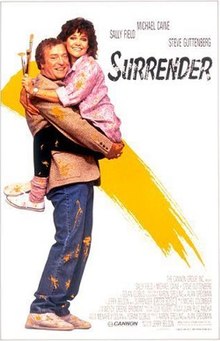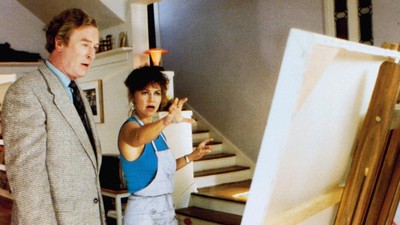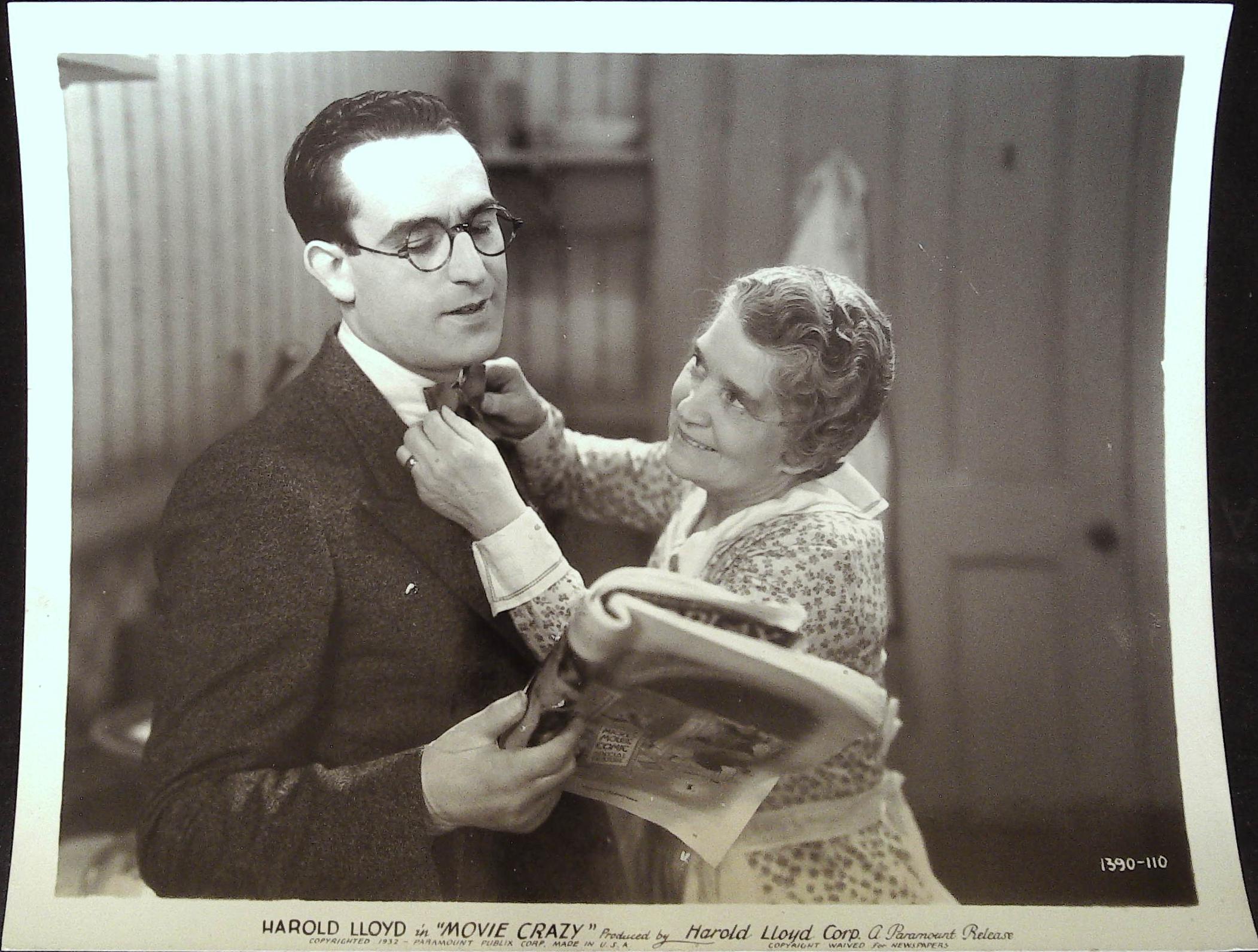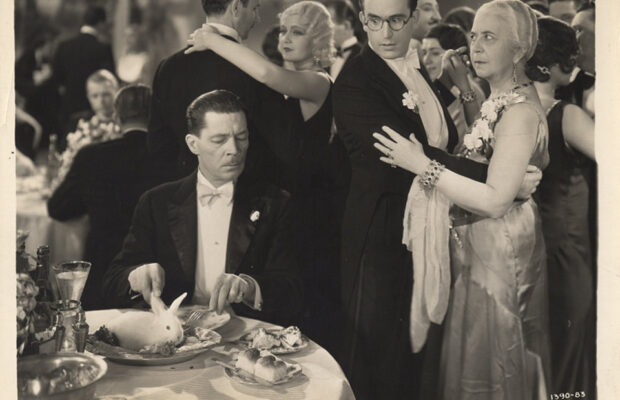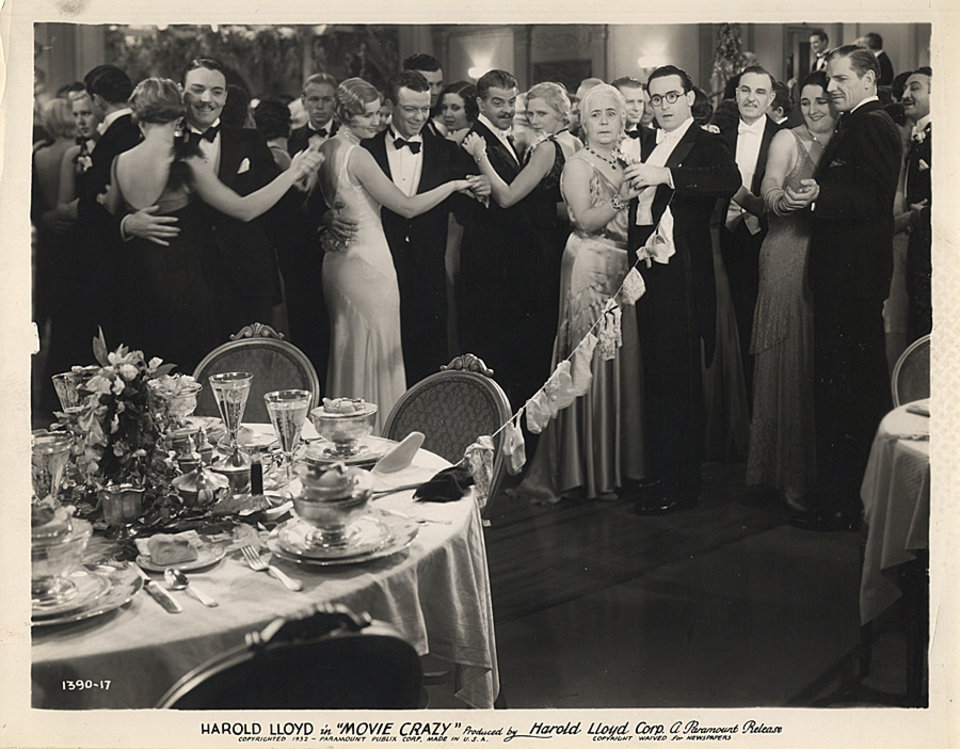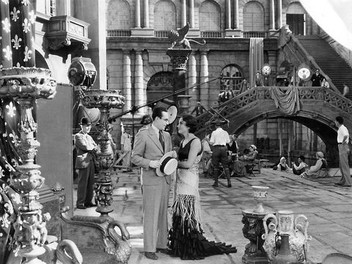Geralmente pensamos na Era de Ouro de Hollywood
como uma época em que só filmes bons eram feitos por grandes estúdios. Não era
bem assim: filmes ruins também eram feitos no período, só que eles não entraram
no “cânone”. E não eram somente grandes estúdios que estavam fazendo filmes: os
chamados estúdios da “Rua da Pobreza” também existiam, e alguns fizeram filmes
muito bons. Uma destas pérolas de estúdios pequenos é “Mortalmente Perigosa”
(1950).
We often think about the Golden Age of Hollywood as a
time when only good movies were made by big studios. It wasn’t exactly like
that: bad movies were also made at the period, they just didn’t enter “the
canon”. And not only big studios were making movies: the so-called “Poverty
Row” studios also existed, and some made very good movies.
Bart Tare sempre foi louco por armas e por atirar
- algo que lhe causa problemas e por causa disso ele é mandado para o
reformatório. De volta depois de anos ausente, Bart (John Dall) e seus amigos
de infância vão assistir a um espetáculo itinerante da atiradora Annie Laurie
Starr (Peggy Cummins). Depois de desafiar Laurie no palco, Bart consegue um
lugar no espetáculo.
Bart Tare has always been crazy about guns and shooting - something that gets him into trouble and because of that he is sent to reform school. Back from years of absence, Bart (John Dall) and his childhood friends go see an itinerant show featuring the shooter Annie Laurie Starr (Peggy Cummins). After challenging Laurie on the stage, Bart gets a spot on the show.
A carreira dele como artista de espetáculo
itinerante dura apenas alguns dias. Bart é um tolo apaixonado por Laurie, e ela
também gosta dele. Mas o gerente do show, Packie (Berry Kroeger), diz que
Laurie é dele. Quando Bart desafia a ordem do chefe de não ver mais Laurie,
Packie demite ambos. Eles se casam, mas a felicidade e o pouco dinheiro que
tinham não duram muito. O que eles fazem? Começam a fazer assaltos e, como são
excelentes atiradores, eles sabem que não machucarão ninguém, só assustarão as
pessoas com sua mira. Eles logo entram nas listas de Mais Procurados. E então
eles planejam um último assalto antes de se aposentarem.
His career as a carnival attraction lasts for only a few days. Bart is a fool in love with Laurie, and she likes him too. But the carnival manager, Packie (Berry Kroeger), says Laurie is his. When Bart defies his order to not see Laurie, Packie fires both. They get married, but their happiness and the little money they have don’t last long. What do they do? Start robbing places and, as they are excellent shooters, they know they won’t harm anyone, just scare people with their aim. They soon enter the Most Wanted list. And then they plan one last job before retiring.
É interessante como Laurie é construída
enquanto uma femme fatale. Quando eles são demitidos do espetáculo, é ela que
dirige o carro - ela é a condutora da história, no final das contas. É ela quem
tem grandes aspirações, quer coisas caras e um homem que possa dá-las para ela.
Ela é a mente por trás dos assaltos e atira para matar quando quer, enquanto
Bart não consegue machucar ninguém. Como todos os homens vítimas de femme
fatales, Bart começa seu caminho para perdição quando conhece Laurie.
It’s interesting how Laurie is built as a femme fatale. When they are fired from the carnival, it’s her who drives the car - she is the conductor of the story, after all. She is the one with big aspirations, wanting expensive things and a man who can provide them for her. She is the mind behind the robberies and shoots to kill when she wants to, while Bart can’t harm any person. Like all the men who fall victims of femme fatales, Bart meets his doom when he becomes involved with Laurie.
O último a receber crédito é alguém que não se
tornou uma grande estrela, mas que apareceu em filmes de prestígio como “Amor,
Sublime Amor” (1961): Rusty Tamblyn, que é a primeira pessoa a aparecer na
tela, como um jovem Bart que quebra a vitrine de uma loja para roubar uma arma.
Atuando desde os 14 anos de idade, ele adotou o nome artístico Russ em 1953,
aos 19 anos. Ele é atualmente o último protagonista sobrevivente de “Sete
Noivas para Sete Irmãos” (1954).
Last credited, someone who wouldn’t become exactly an
A-lister, but who appeared in prestigious movies such as “West Side Story”
(1961): Rusty Tamblyn, who is the first person to appear on screen, as a young
Bart breaking a shop window to get a gun. Acting since age 14, he adopted the
name Russ
O diretor Joseph H. Lewis queria Veronica Lake
como protagonista, mas não conseguiu libertá-la do contrato com outro estúdio.
Peggy Cummins tem em “Mortalmente Perigosa” seu principal papel, dos 29 filmes
e programas de TV que fez numa carreira que durou de 1940 a 1965. Peggy viveu
até os 92 anos.
Director Joseph H. Lewis wanted Veronica Lake as the lead, but wasn’t able to get her out from the studio contract. Peggy Cummins has in “Gun Crazy” her main role, out of only 29 movies and TV shows she made in a career that lasted from 1940 to 1965. Peggy lived to be 92.
“Mortalmente Perigosa” foi baseado numa história
originalmente publicada no Saturday Evening Post. O crédito foi para o autor da
história, MacKinlay Kantor, e Millard Kaaufman, mas na realidade o roteiro foi
escrito por Dalton Trumbo, que estava então na Lista Negra, e que persuadiu
Kaufman a receber o crédito em seu lugar.
“Gun Crazy” was based on a story first published at the Saturday Evening Post. The credit goes to the author of said story, MacKinlay Kantor, and Millard Kaufman, but in reality the screenplay was written by Dalton Trumbo, then blacklisted, who persuaded Kaufman to receive credit in his place.
Bart e Laurie são levemente baseados em Bonnie
e Clyde, mas é outro membro da Cena Criminal dos Velhos Tempos que merece
destaque: o consultor técnico Al J. Jennings. Ele havia feito filmes, tanto
mudos quanto falados, antes, mas foi sua experiência como ladrão de bancos que
o levou para o set de “Mortalmente Perigosa”. Sua autobiografia foi filmada um
ano depois com Dan Duryea interpretando-o em “Entre o Crime e a Lei”.
Bart and Laurie are loosely based on Bonnie and Clyde, but it’s another member of the Old-Days Crime Scene who gets the spotlight: technical advisor Al J. Jennings. He had appeared in a few films, both silent and talkies, before, but it was his expertise as a bank robber who brought him to the set of “Gun Crazy”. His autobiography was filmed one year later with Dan Duryea playing him in “Al Jennings of Oklahoma”.
O título original “Gun Crazy” pode se referir
tanto a Bart quanto a Laurie. O título em português, “Mortalmente Perigosa”,
com o adjetivo no feminino, se refere exclusivamente a Laurie. O título foi “Viver
para Matar” (“Vivir para Matar”) na Argentina, “Mulher ou Demônio” (“Femme ou
Démon”) na Bélgica e “O Demônio das Armas” (“El Demonio de las Armas”) na
Espanha.
The original title “Gun Crazy” can refer to either Bart or Laurie. The title in Portuguese, “Deadly Dangerous”, as it has a female adjective, refers exclusively to Laurie. The title became “Living to Kill” (“Vivir para Matar”) in Argentine, “Woman or Devil” (“Femme ou démon”) in Belgium and “The Demon of the Guns” (“El Demonio de las Armas”) in Spain.
O estúdio King Brothers Productions esteve ativo
em Hollywood entre 1941 e 1969. Além de “Mortalmente Perigosa”, que foi
distribuída pela United Artists, ele também produziu “Arenas Sangrentas”(1956), também de um roteiro de Dalton Trumbo. A história do estúdio nos mostra
que nunca há nada que seja “pequeno demais” - nem esteja “na lista negra” - que
impeça um grande filme de ser feito.
King Brothers Productions was active in Hollywood from
1941 to 1969. Besides “Gun Crazy”, that was distributed by United Artists, it
produced the successful “The Brave One” (1956), also from a script by Dalton
Trumbo. The studio’s story shows us that there is never such a thing as “too
small” - nor “blacklisted” - that can prevent a great movie to be made.









